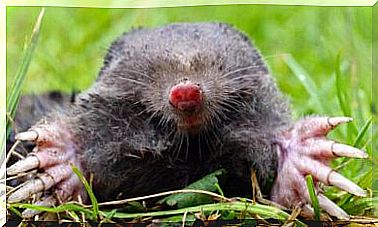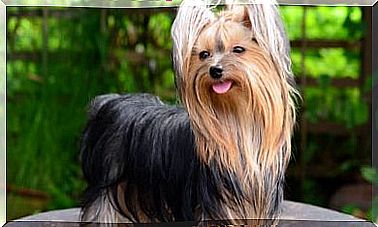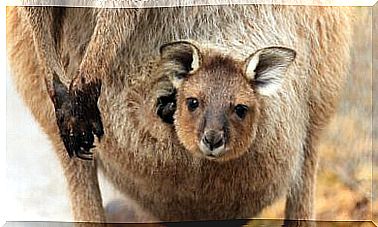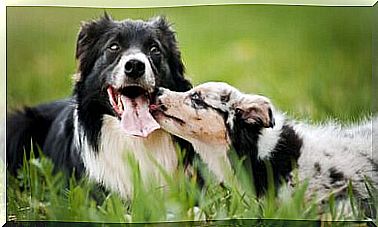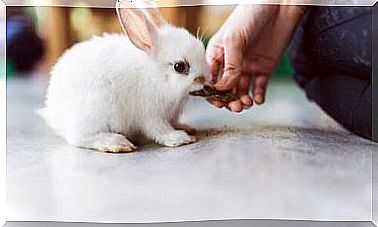What Is The Fauna Like In Central America?
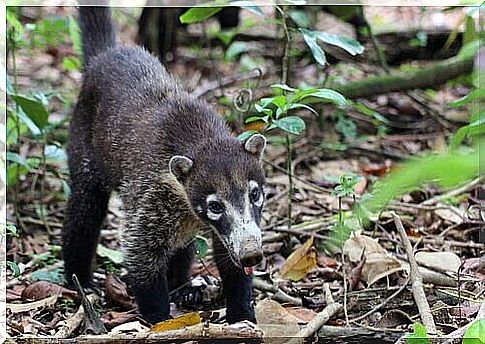
Jungles, rainforests and lots of humidity… that’s how we imagine the ecosystem of this region, where nature reigns. The fauna in Central America is mainly composed of colorful birds and reptiles, although we can also find mammals and fish. Get to know some of the most representative species in this article.
What is the fauna in Central America like?
Birds with colorful feathers, large reptiles, mammals that camouflage themselves in the wild… the fauna in Central America is truly amazing.
Do you accompany us to get to know her better?
-
white-nosed coati
Also known as badger – the image that opens this article – he is one of the typical representatives of the fauna in Central America that lives in forests, at any altitude, between Mexico and Ecuador.
The coati is omnivorous – it feeds on small vertebrates, fruits, eggs, carrion or insects – and has diurnal habits: at night, it always chooses the same tree to rest.
It’s known for its long tail, often the same length as its body, and its white snout ending in a point… it looks like it’s wearing a mask!
The rest of the coat is brown and black, in different shades.
-
Quetzal
It is one of the most characteristic birds in Central America, the national animal of Guatemala – it is also the name of its currency – and famous for its beautiful colors.
The quetzal has a long two-colored tail, a reddish chest, wings and a green head.
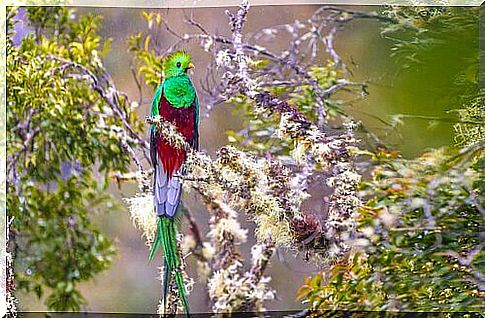
It flies at low speed and therefore falls prey to several large birds such as the eagle or the owl.
It feeds on fruits, insects and small frogs, although its favorite food is avocados.
Furthermore, it is monogamous at the time of creation and reproduction, but lonely outside of it.
Eggs are blue and both parents are responsible for incubating them for 18 days.
-
eyelash snake
It is a venomous snake that lives in Central and South America, small in size – reaching a maximum of 75 centimeters in length. It can come in a variety of colors, including yellow, green, and brown. It is also characterized by two “horns” above the eyes and its triangular head.
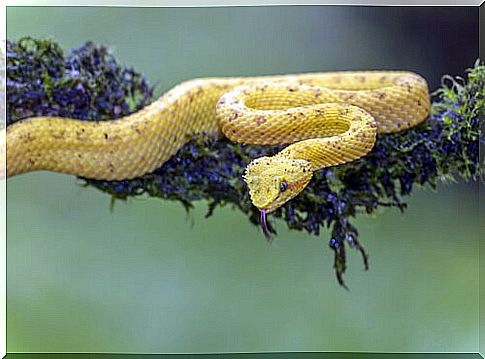
It lives in trees in tropical areas and dense foliage, near water sources.
It feeds on snakes, rodents, small birds and frogs.
It is an ambush predator and can remain in the same place without moving for hours, waiting for the right moment to attack its prey.
-
Arrowhead Toad
Among the fauna of Central America we can find many colorful and small animals, but very dangerous, such as the arrowhead frog.
Her skin is very shiny, with shades ranging from orange to blue, passing through yellow and red.
In terms of size, they don’t exceed six centimeters.
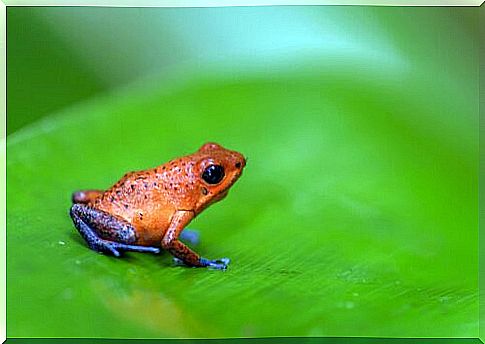
They prefer to live in forests, tropical jungles and environments with high humidity; in both Panama and Costa Rica, most of them are endemic.
Arrowhead frogs are diurnal, feed on arthropods and carry tadpoles on their backs.
As for the venom, they produce it by synthesizing the venom of poisonous insects – more specifically the beetle – and use it to protect themselves from predators.
-
Red Macaw (Araracanga)
We could not finish a list of fauna in Central America without mentioning one of the most characteristic birds in the region.
The macaw, also known as the macaw or scarlet macaw, can measure up to one meter and weigh one kilogram.
It lives in jungles and rainforests near freshwater mirrors.
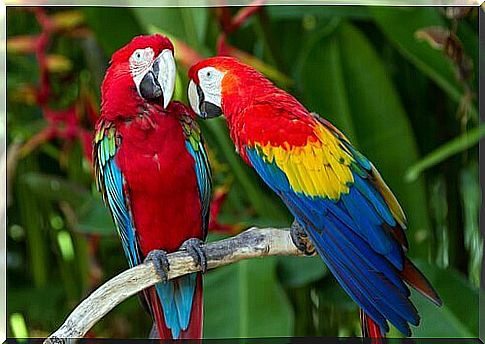
This bird has daytime habits, is very sociable and forms groups of dozens of individuals; they protect themselves, clean themselves and shelter for sleep.
The plumage of the scarlet macaw is mainly this color, except for the wings and tail, which are yellow, turquoise and green.
